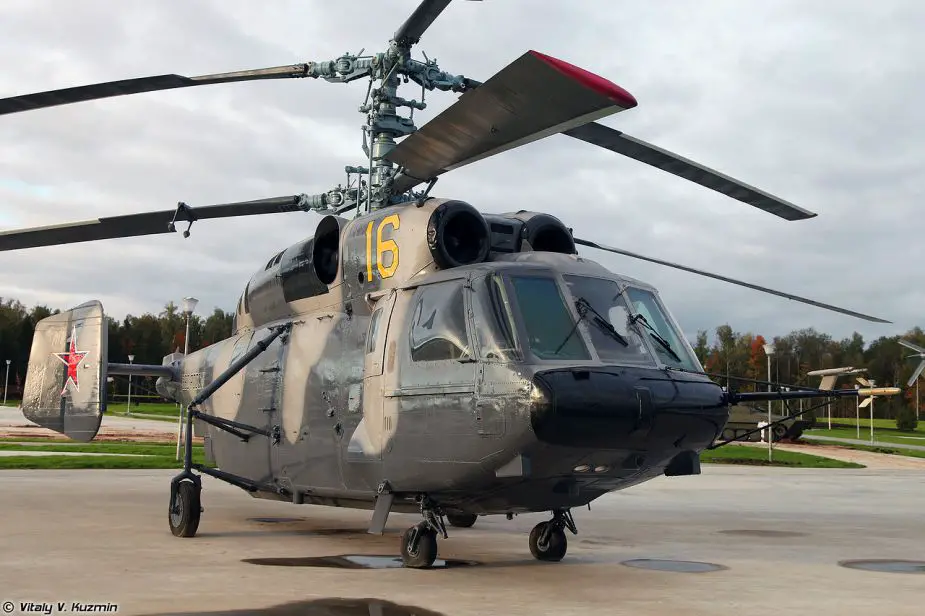Russia has deployed two air divisions in the Kaliningrad region and Crimea
The Russian Defense Ministry is deploying two air divisions in the Kaliningrad region and Crimea. Their formations will be completed in late 2019. All combat aircraft in the territories will be integrated into a single contour.
 Sukhoi Su-24M - Russia - Air Force (Picture source Wikipedia)
Sukhoi Su-24M - Russia - Air Force (Picture source Wikipedia)
The military will have a possibility to rapidly reinforce and strengthen the defense. The modern command system will ensure single control of air regiments and squadrons redeployed from other regions. Experts believe airpower reinforcement is a response to NATO buildup close to Russian borders, the Izvestia daily writes.
Sources in the Defense Ministry told the newspaper it had been decided to revive in Crimea the Tokarev 2nd Sevastopol air division. It was created 80 years ago in the Black Sea fleet and ceased to exist in 1996.
The new division will include the 43rd separate naval air regiment armed with Su-24M frontline bombers and multirole Su-30SM fighter jets. The airfield in Novofedorovka will be the deployment base. The division will also take over the 318th combined air regiment which operates An-26 airlifters, Be-12 amphibious antisubmarine aircraft, Ka-27 seaborne antisubmarine helicopters and Ka-29 helicopter gunships.
In the Kaliningrad region, the 132nd combined air division is being formed. It will include the 4th naval air regiment armed with frontline Su-24M bombers and Su-30SM fighter jets, as well as the recently created 689th fighter jet regiment which is to receive upgraded Su-27M and Su-35S shortly. Besides, it will have the 396th seaborne antisubmarine helicopter squadron, the 125th helicopter and 398th airlifter squadrons. The town of Chernyakhovsk is the deployment base.
Kaliningrad and Crimea remain potentially dangerous directions, as bordering NATO countries have considerably reinforced. The interest of the alliance in the regions is confirmed by a growing number of reconnaissance flights along the Russian border, expert Dmitry Boltenkov said.
"The regions have the same problems and remain vulnerable. NATO has major attacks and reconnaissance advantages there. The reinforcement of the airpower is an attempt to balance forces," he said.
"In case of aggravation, it is possible to rapidly reinforce the troops only with aviation. The air component is likely to be subordinated to the fleets to improve interaction between the arms of forces," he added.
The headquarters of new divisions will get modern computers, communications and automatic command systems. The computers will unite all units into a single network. The command systems of divisions will be connected with the Russian National Defense Center.

Ka-29 helicopter gunship (Picture source Vitaly Kuzmin)
Modern command systems can create information databases to accumulate all information about friendly and hostile troops. They constantly update information about all airplanes and helicopters at airfields and in the sky, as well as about ground forces, submarines, warships and even military spacecraft. Thus, the division command can monitor the situation in a combat area in real-time.
The new approach will provide fully-fledged coordination of aviation activities in the region and combat aircraft will be engaged with maximum effectiveness. Thus, the automatic command system can redistribute aircraft to the most dangerous directions. Besides, the system will include new squadrons and air regiments which arrive as reinforcements. The division headquarters will engage them according to the situation.
Russia began to revive air divisions in 2015. Previous reforms eliminated units and formations and subordinated airplanes and helicopters to airbases. The divisional airpower structure has properly operated and is being introduced in all strategically important regions of the country, the Izvestia said.


























